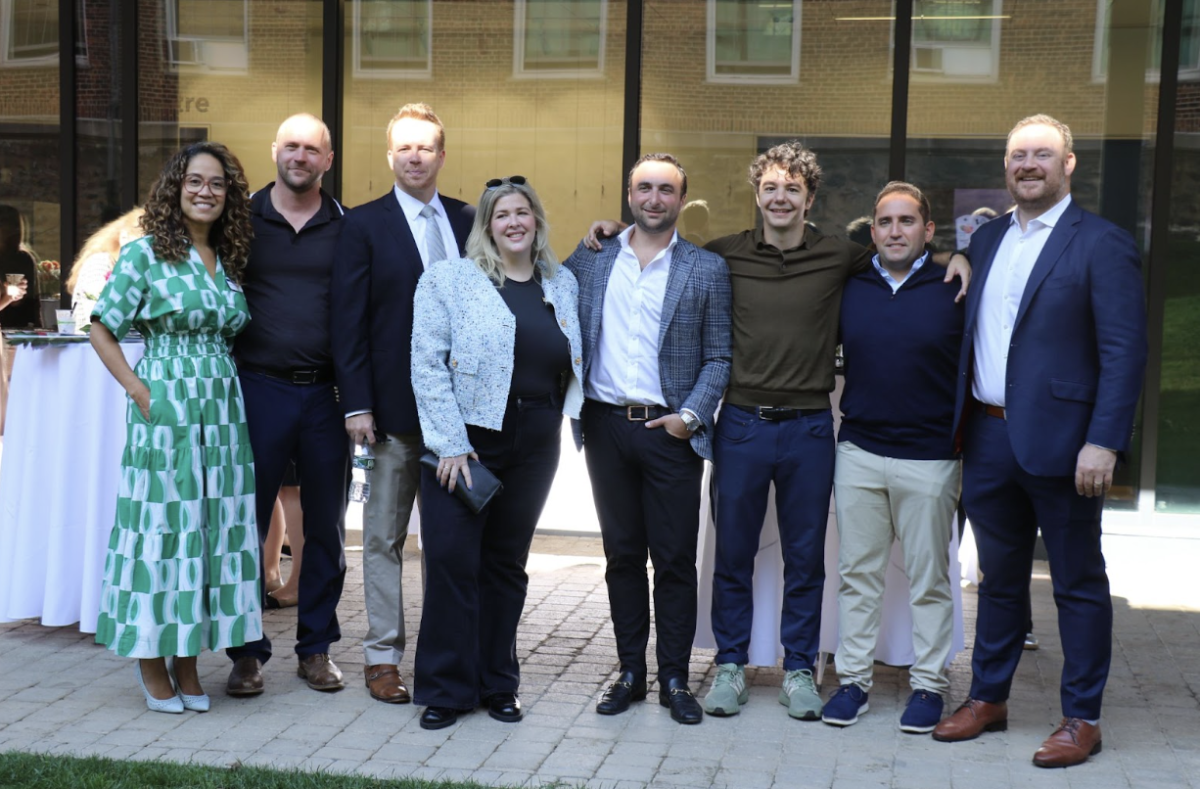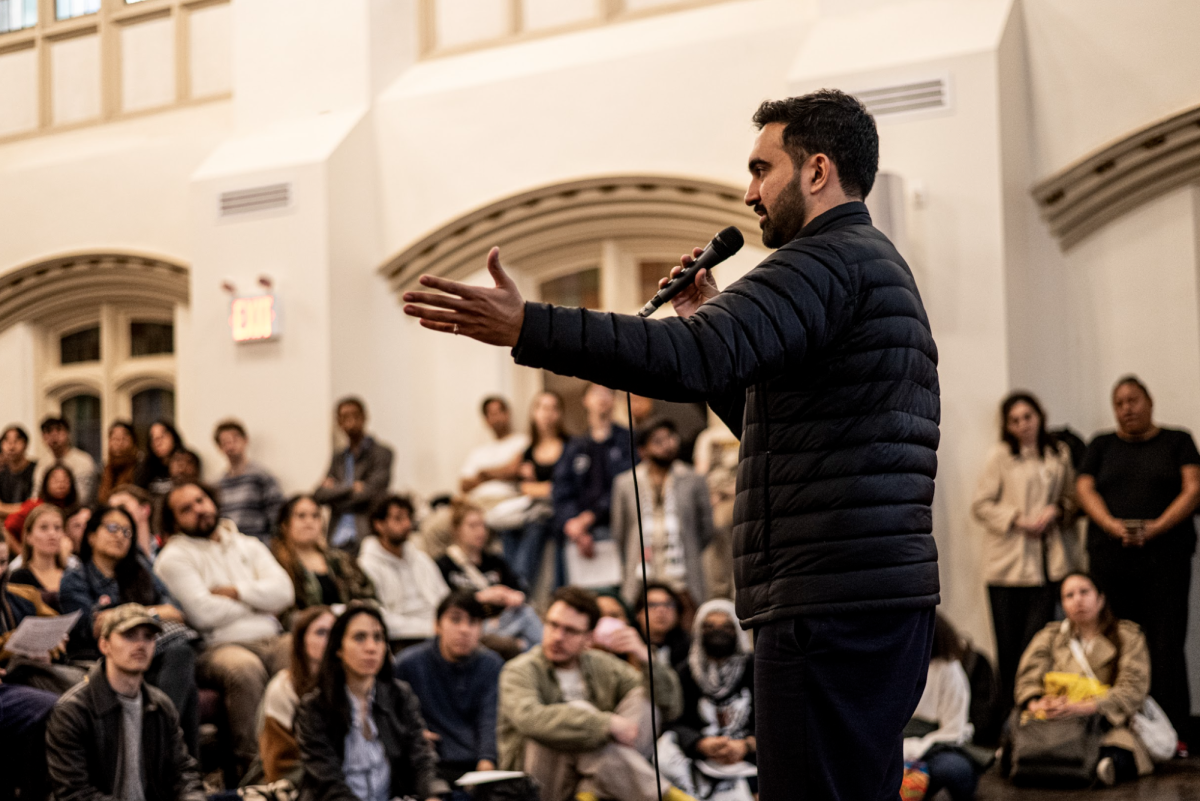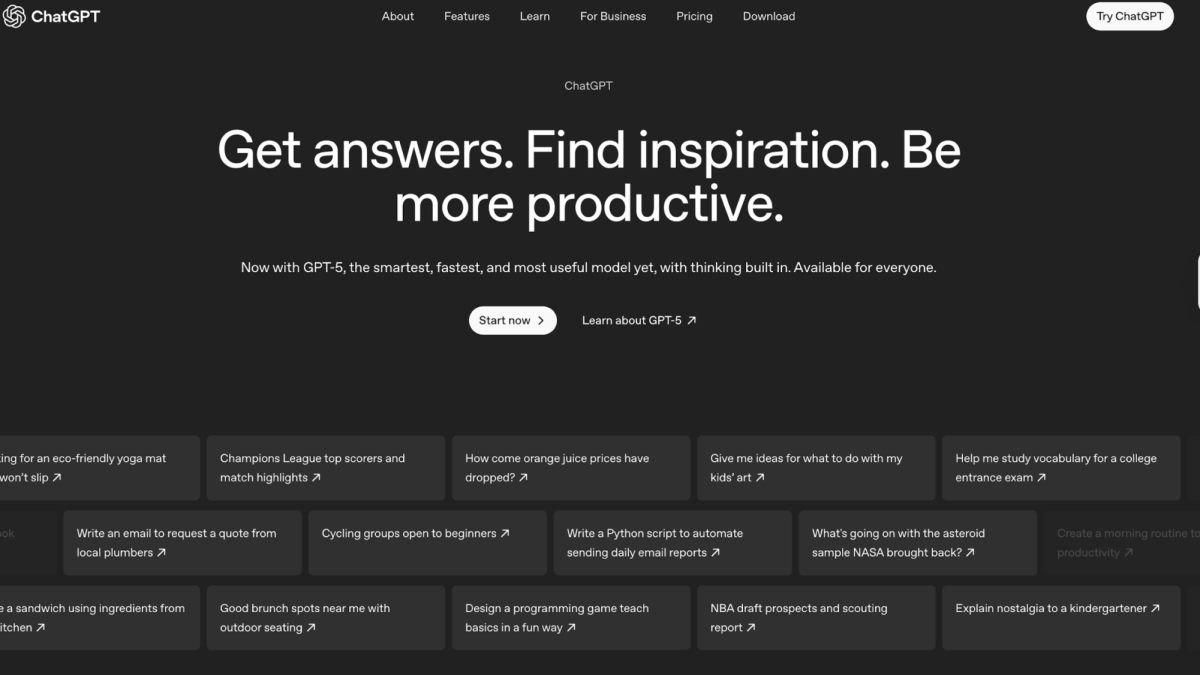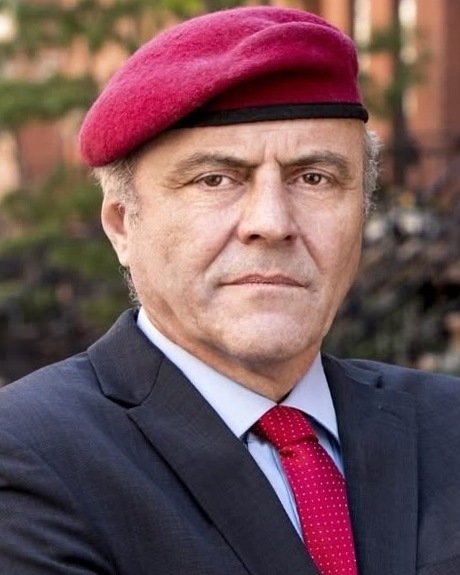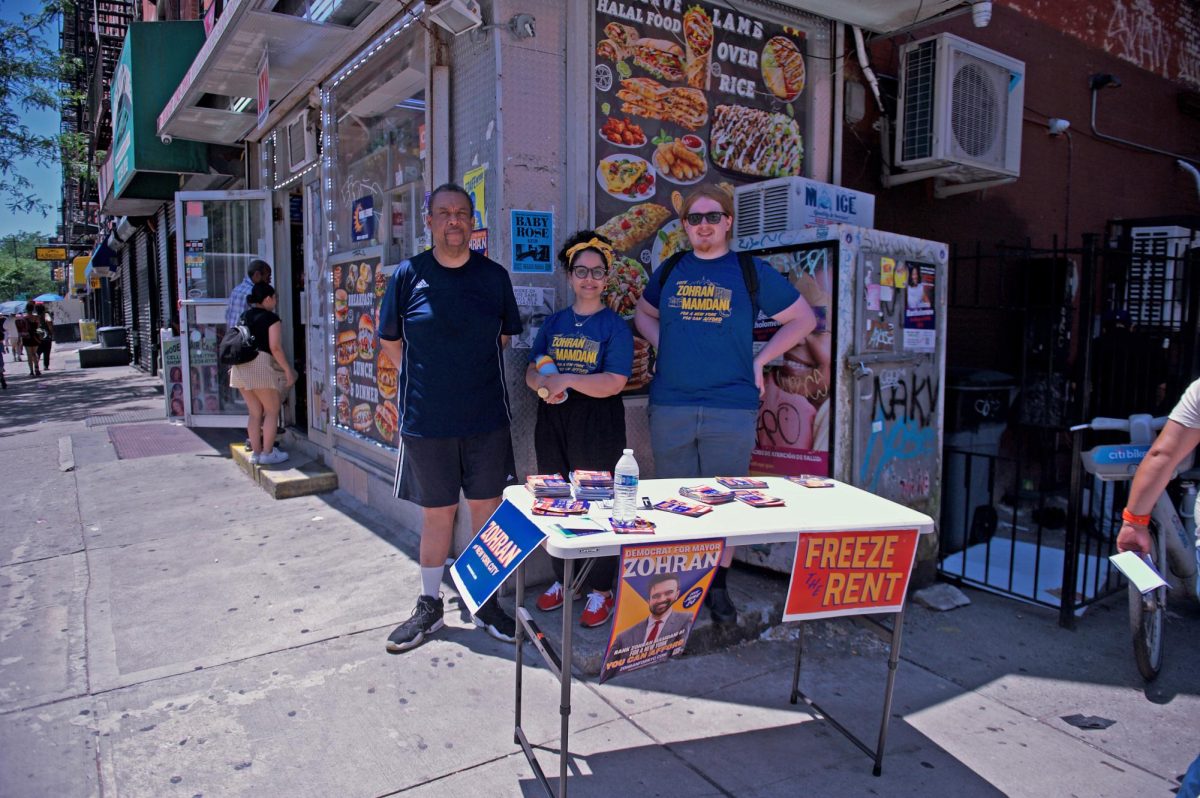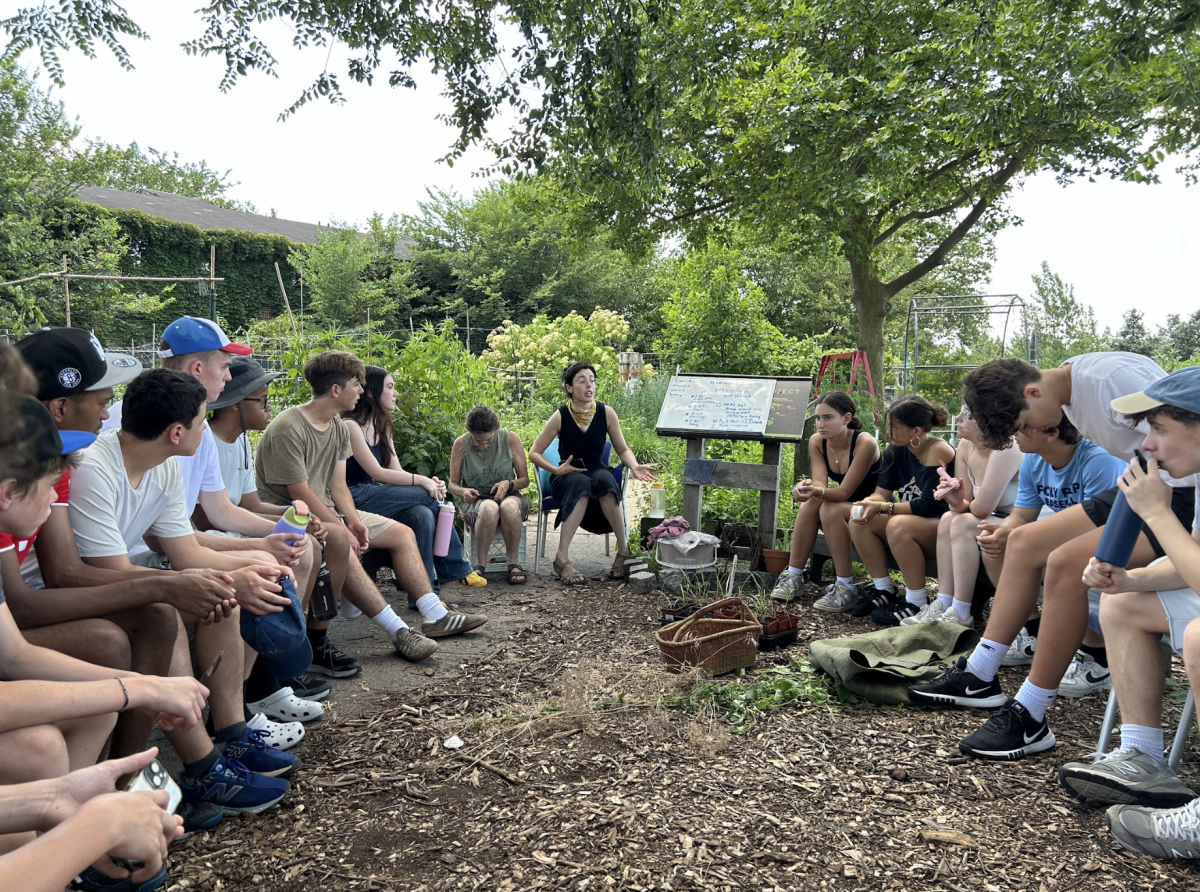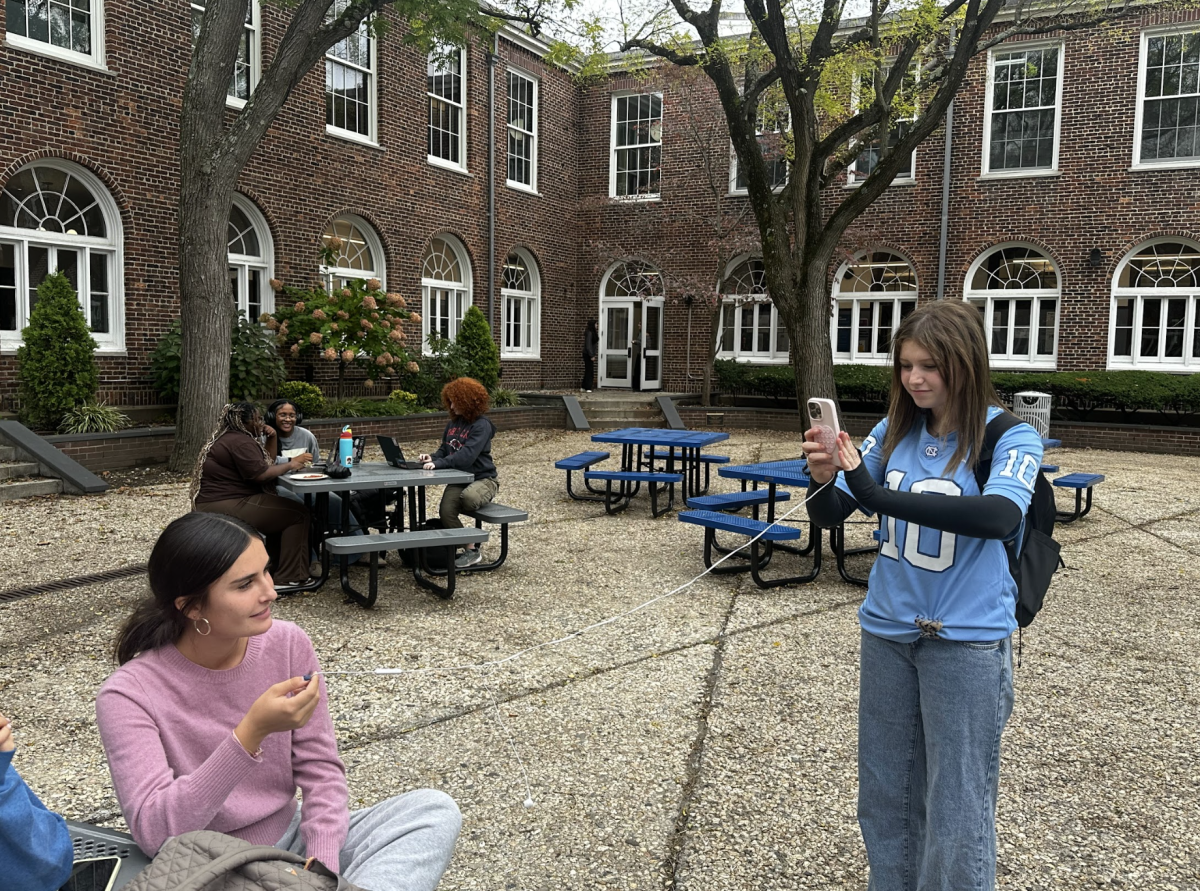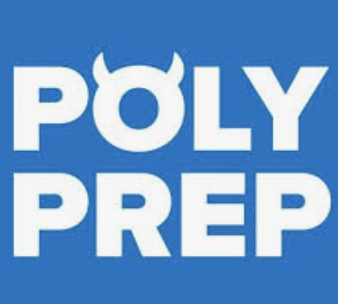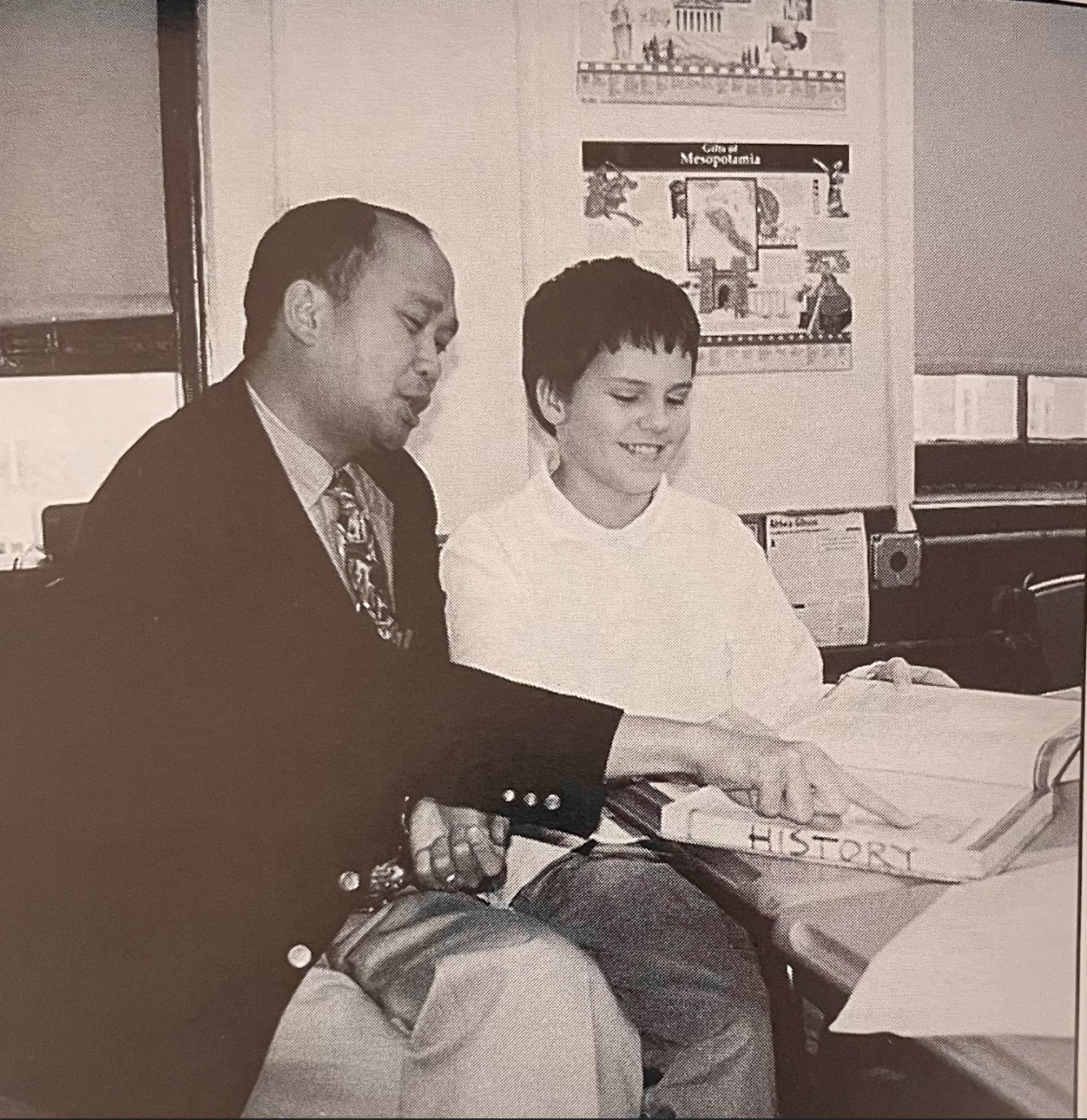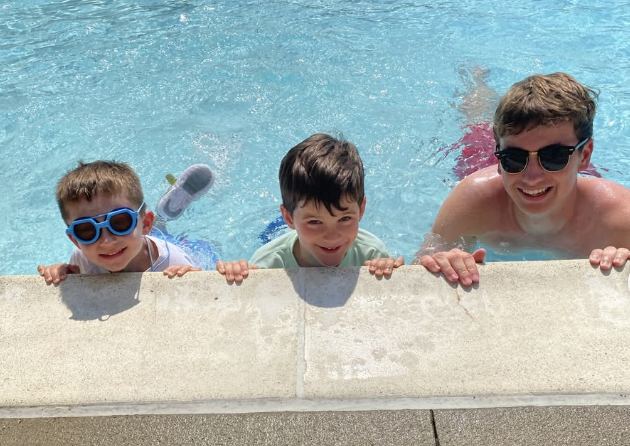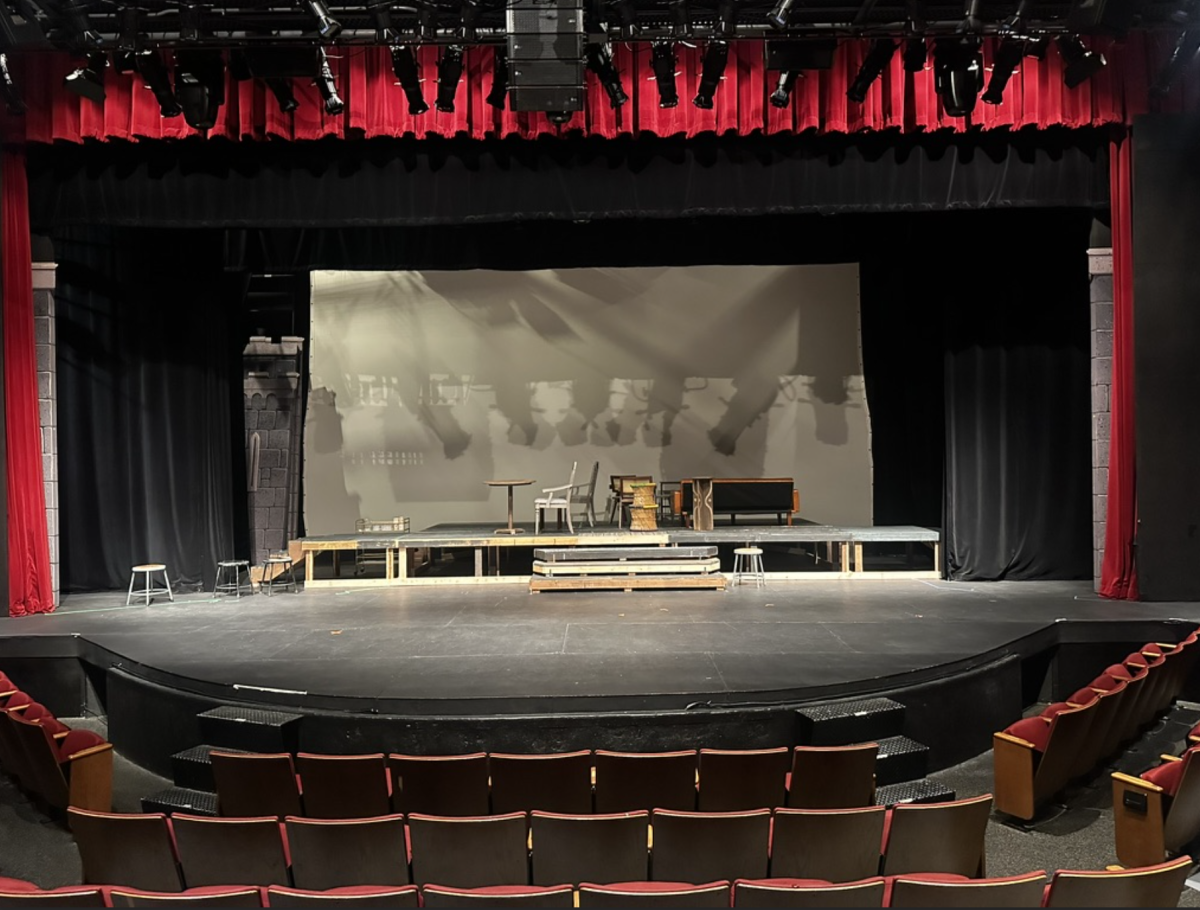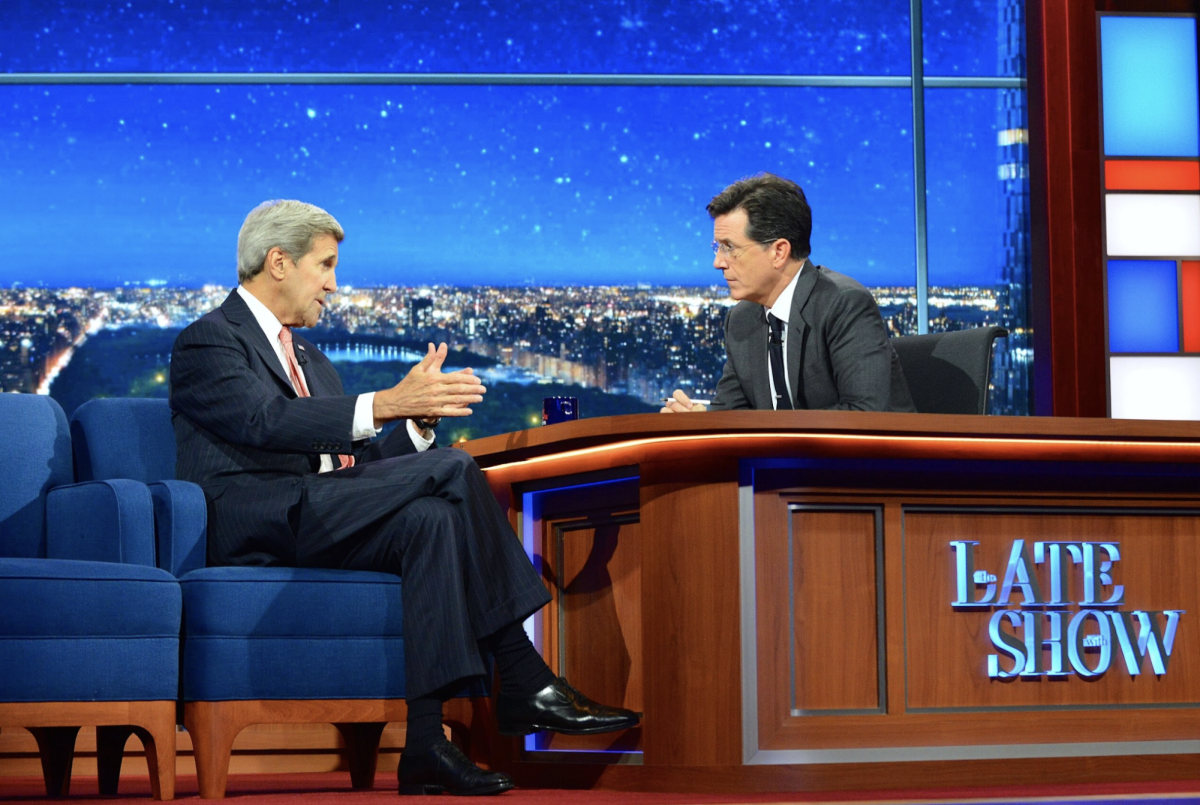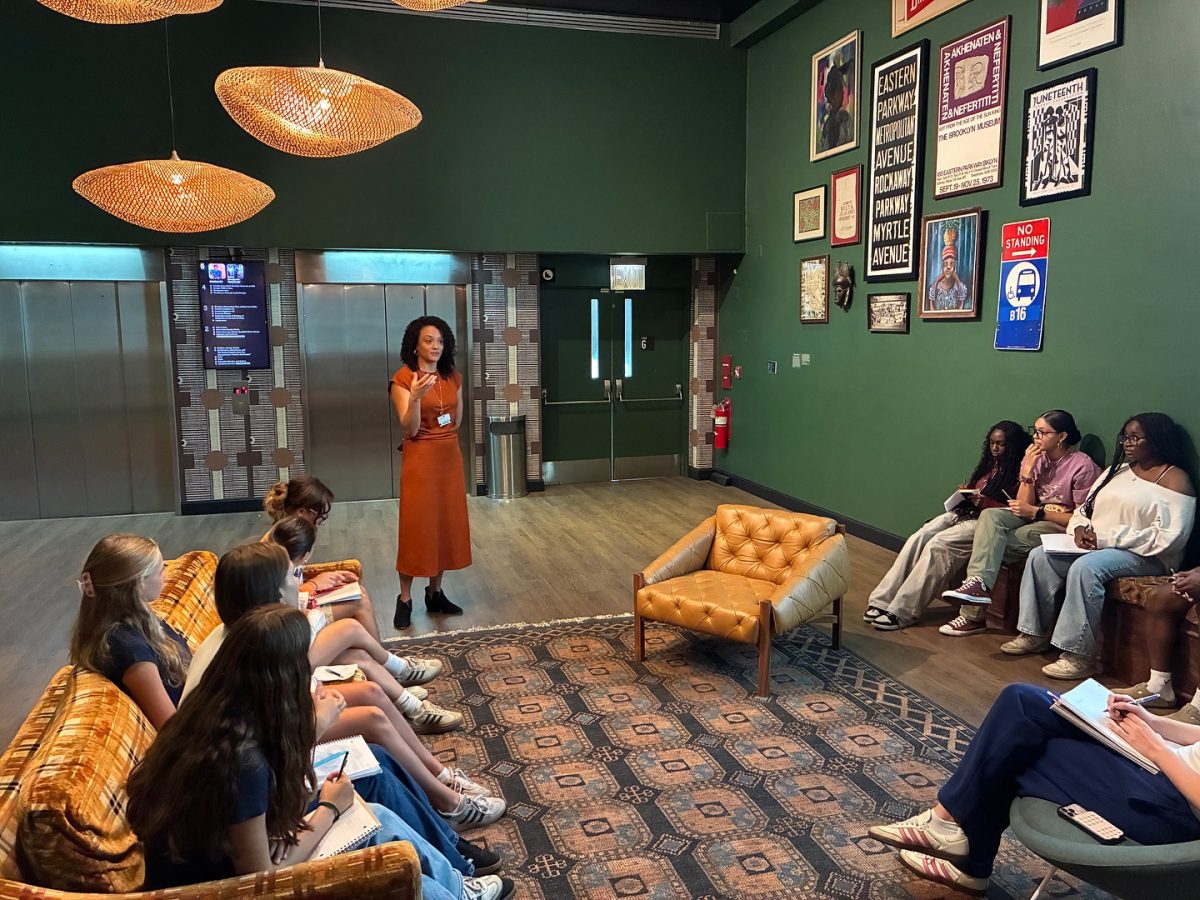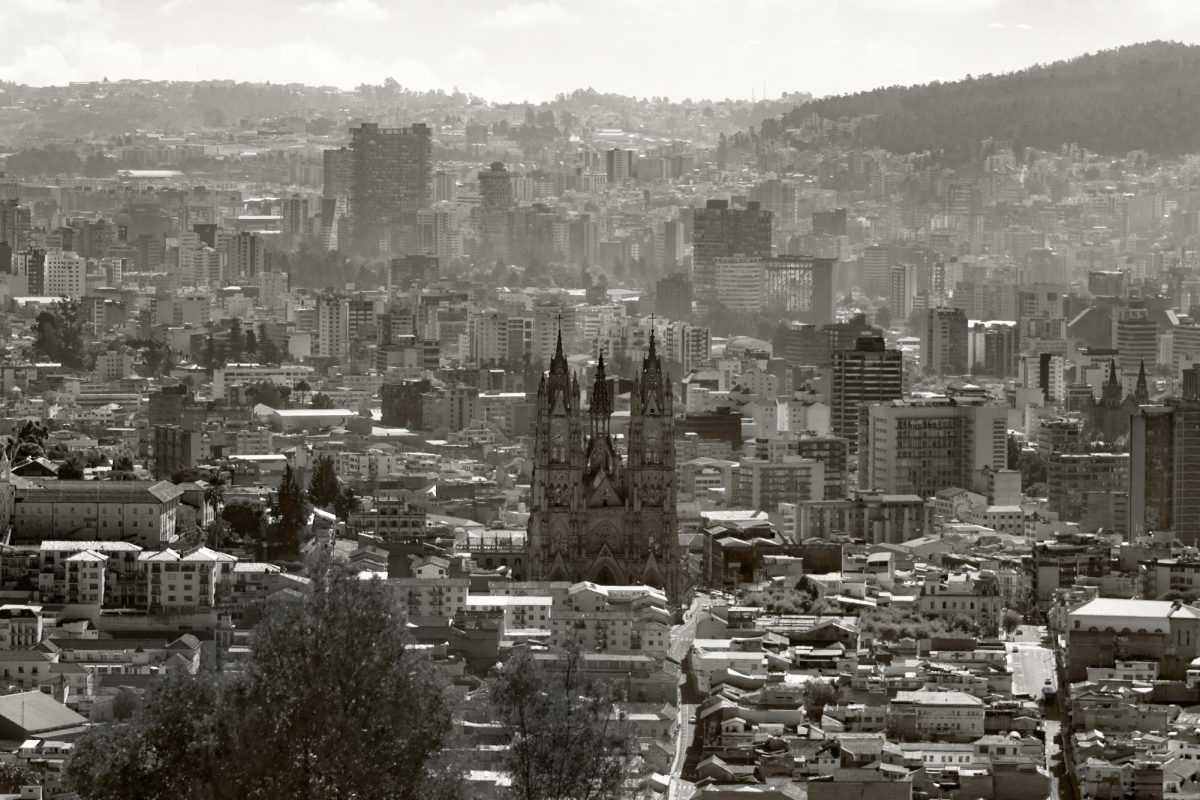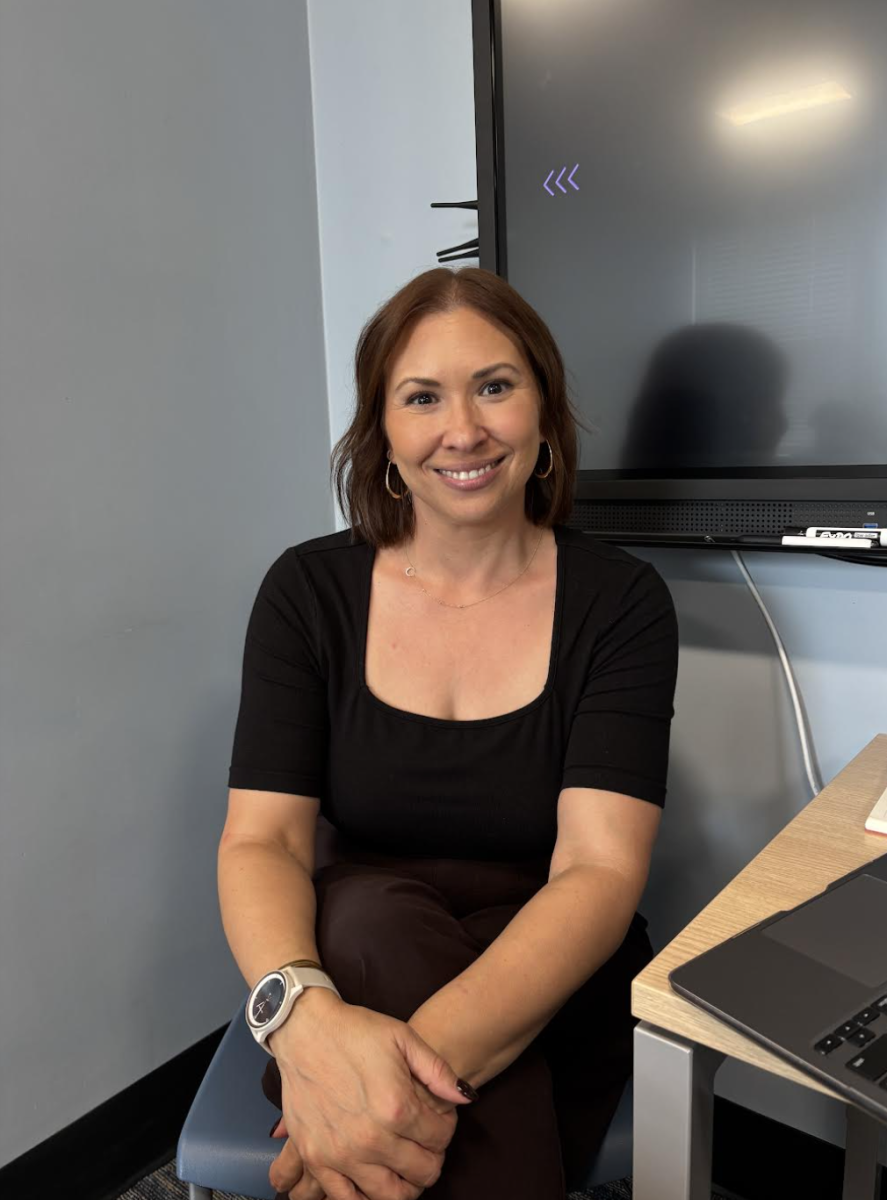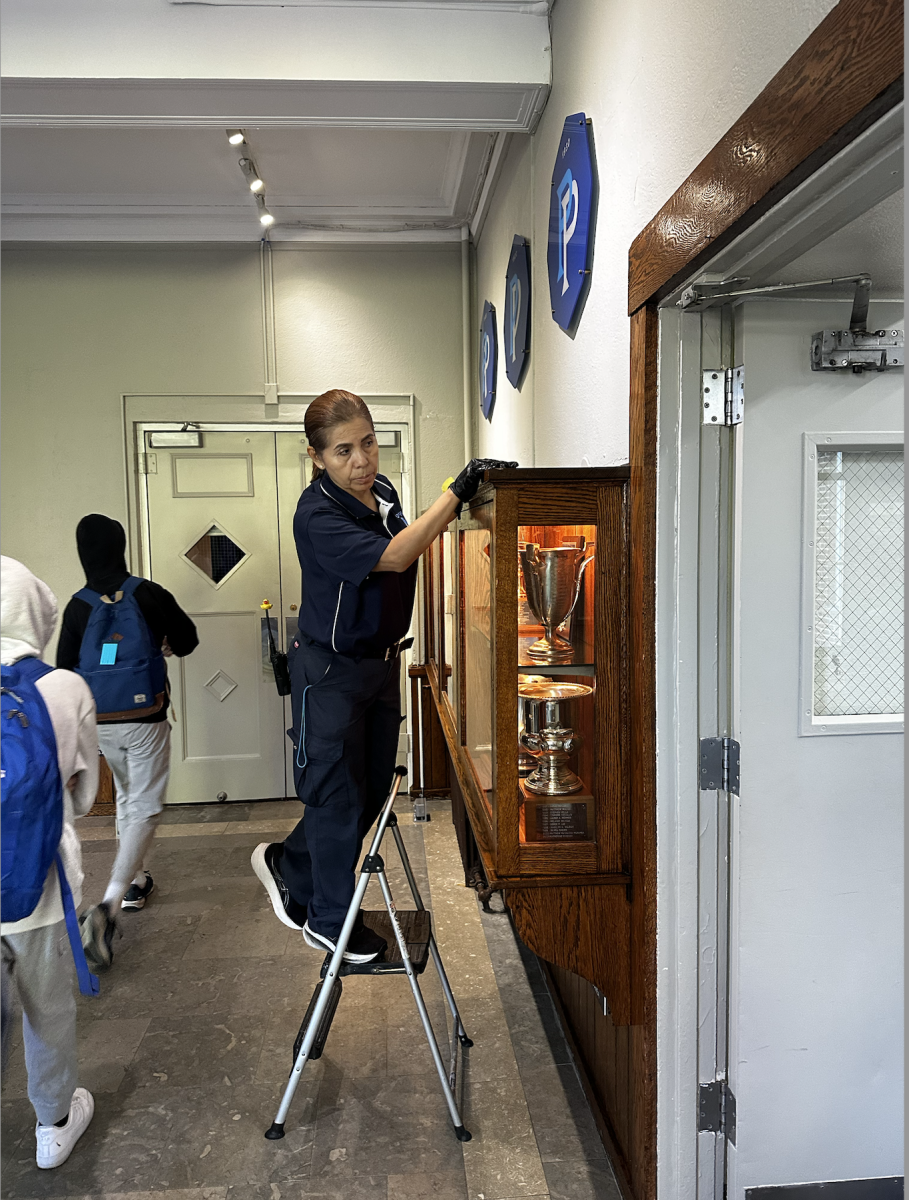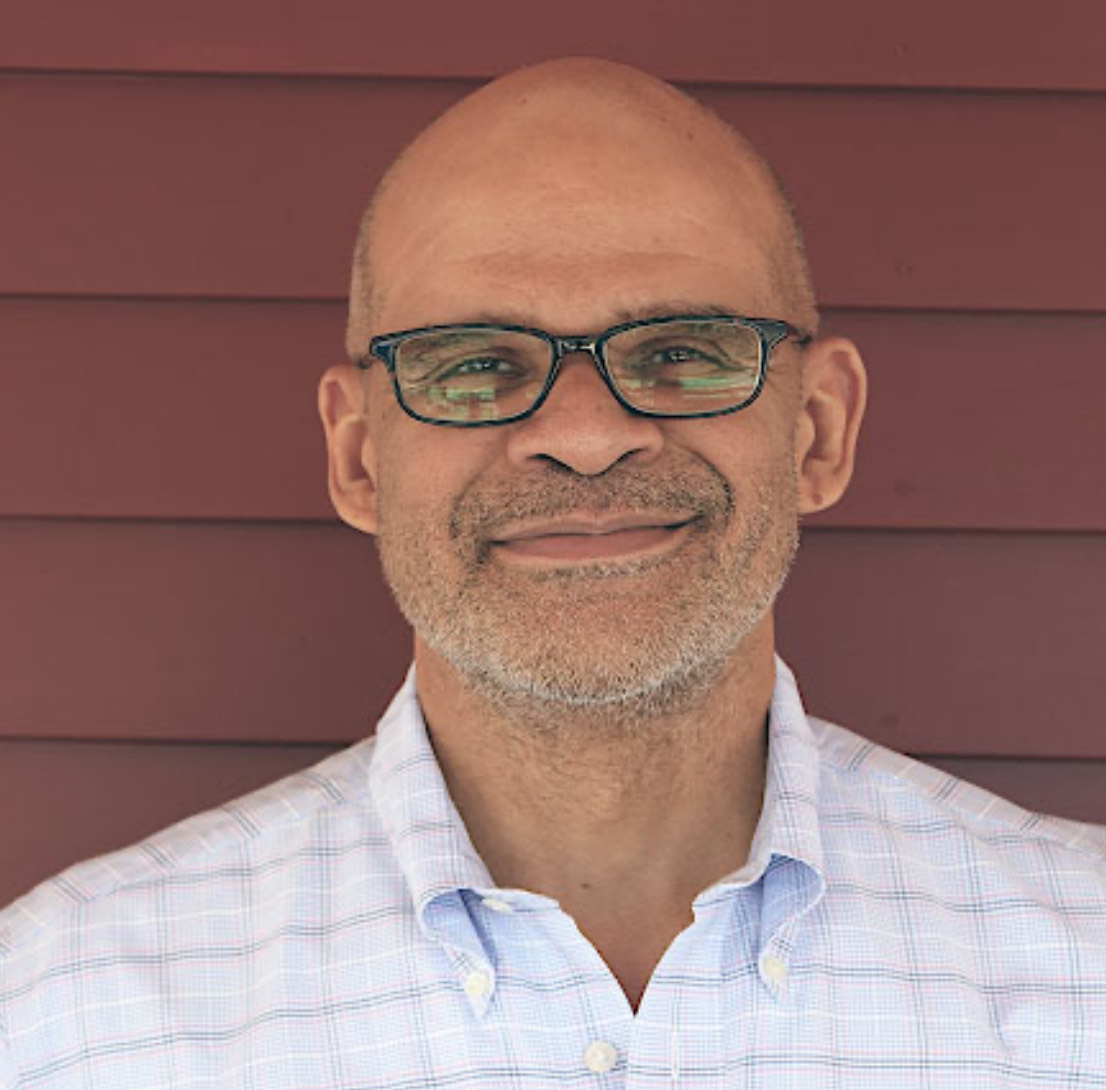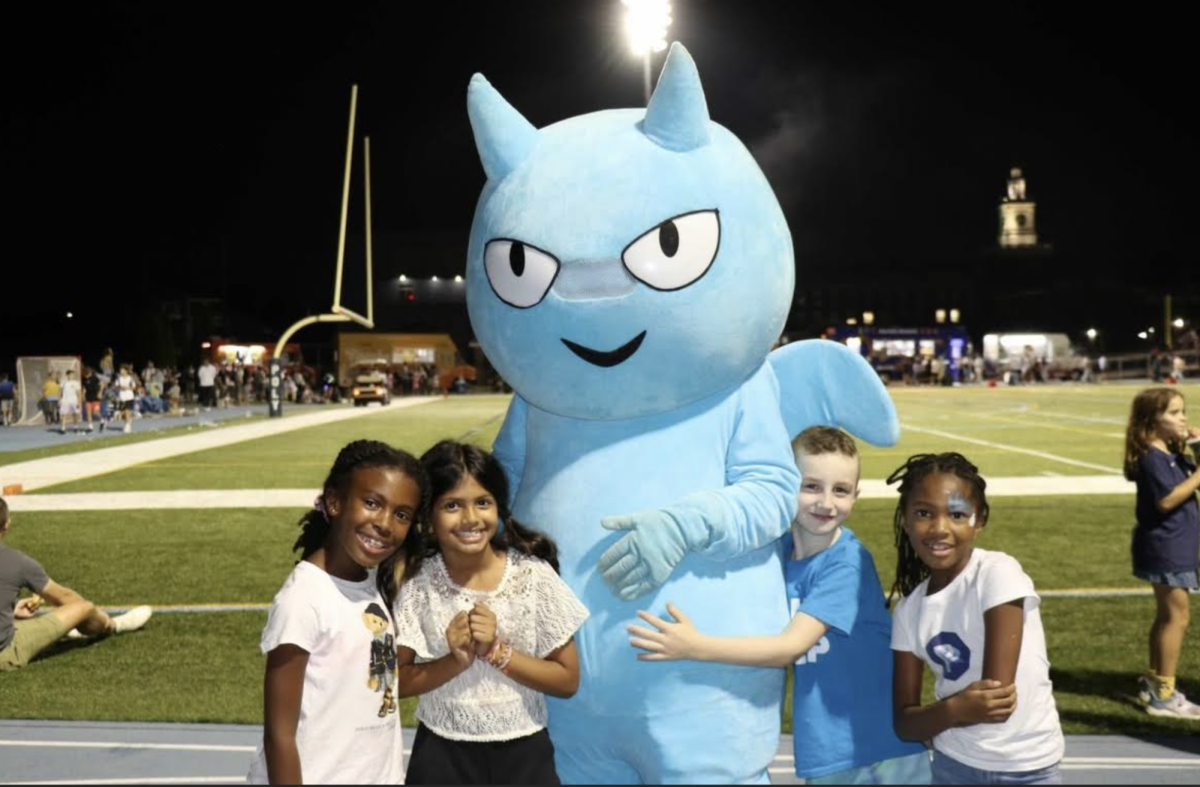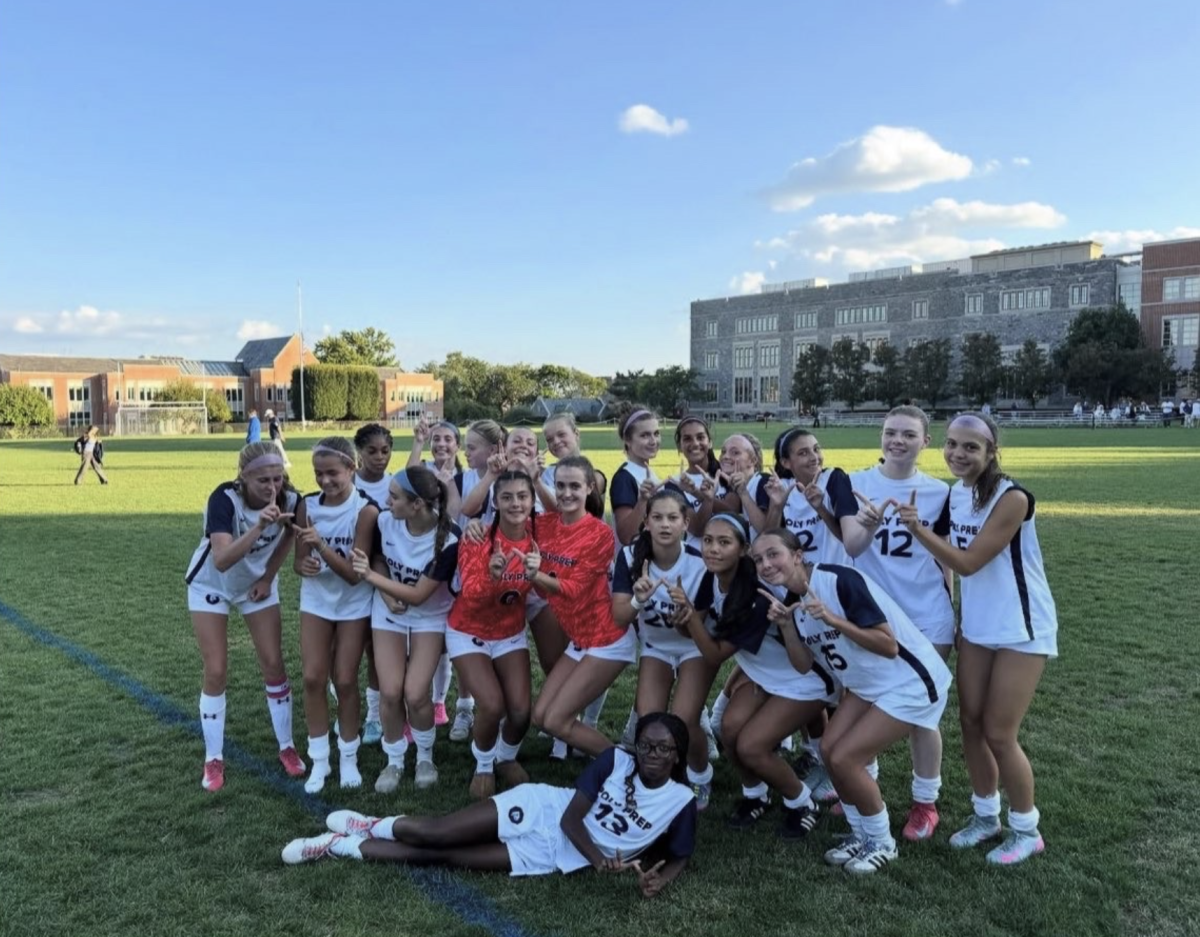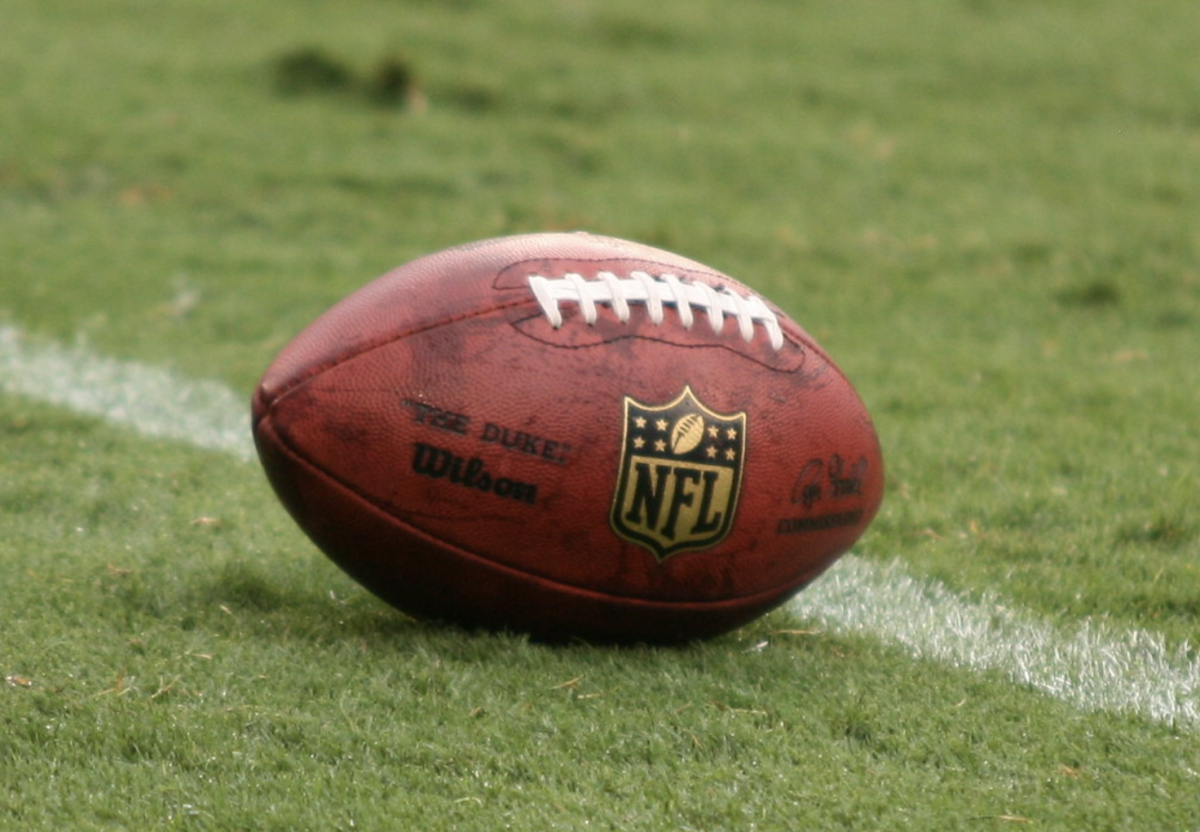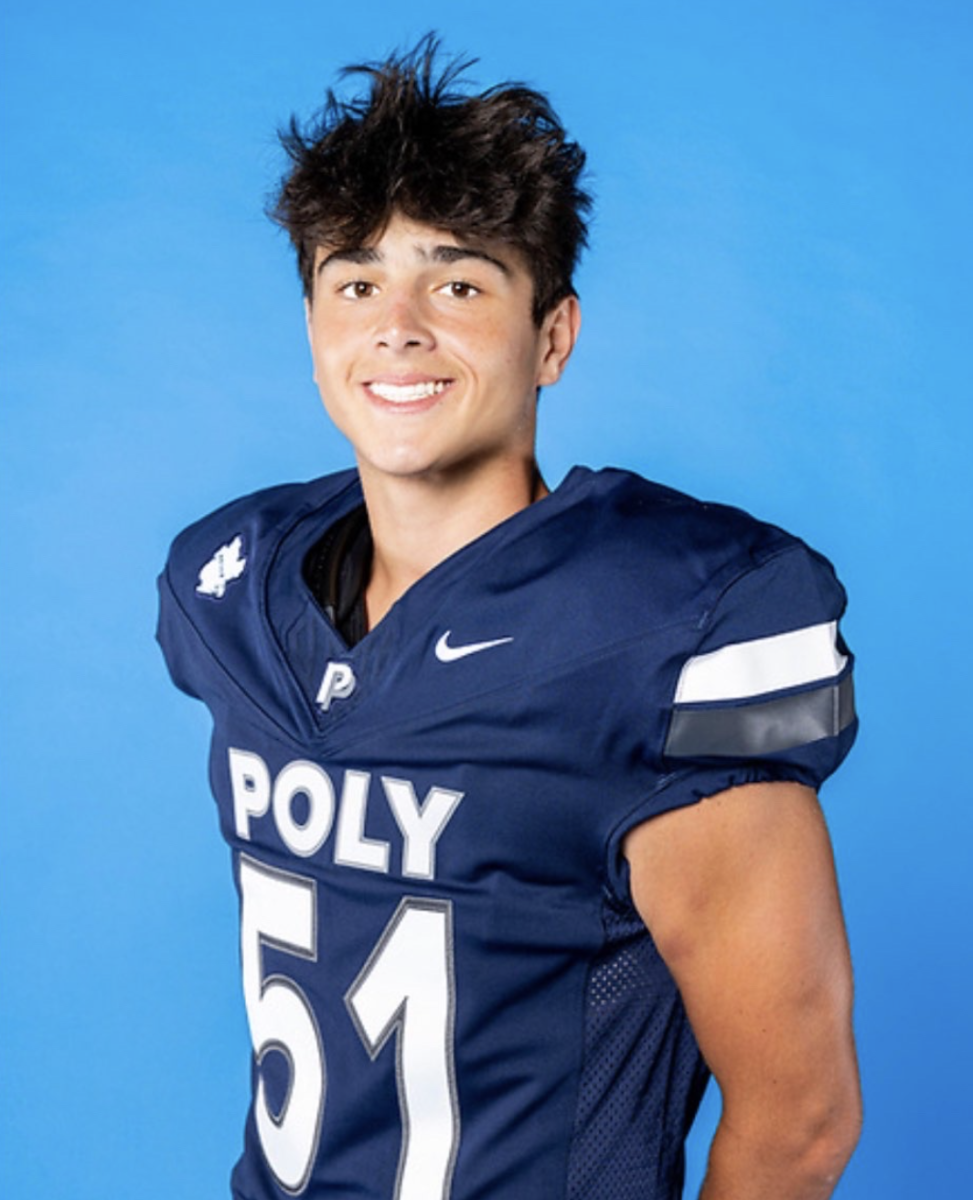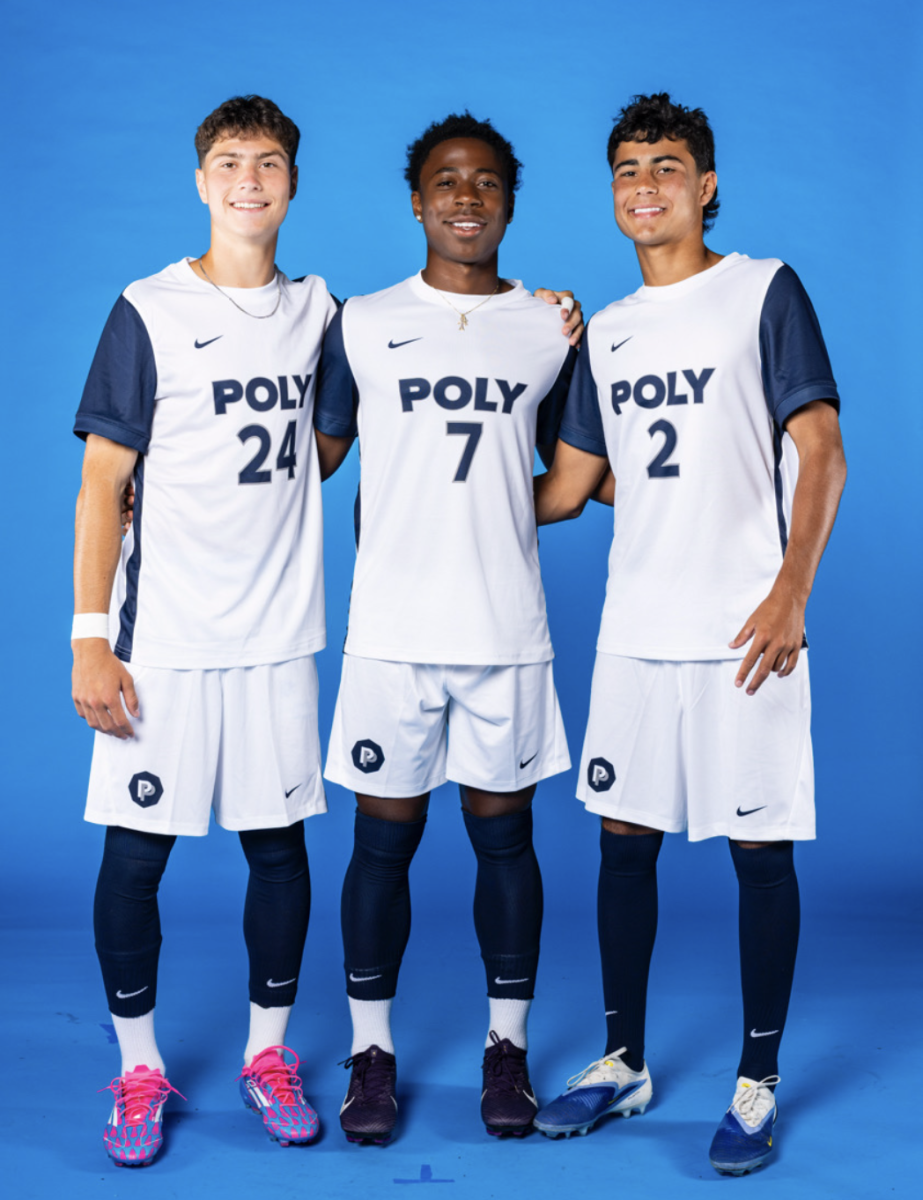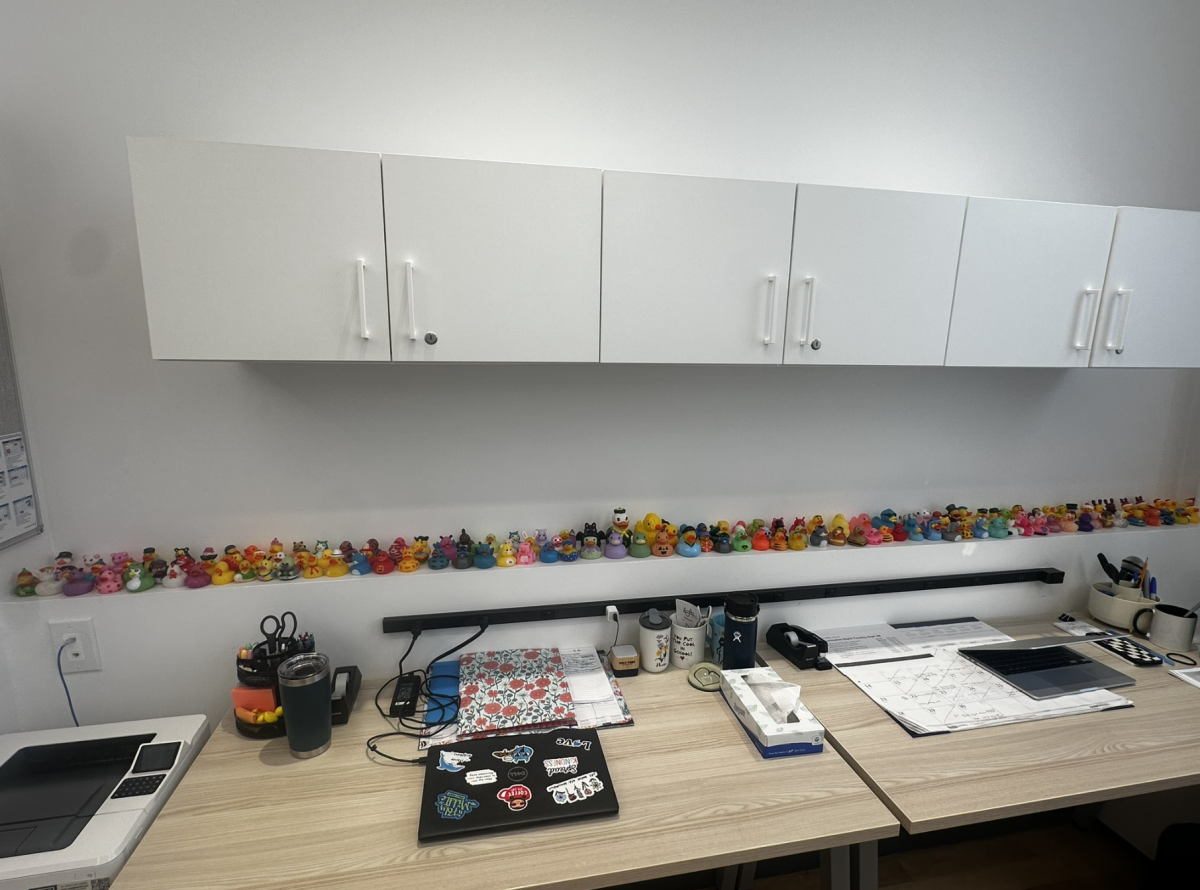Students got to work this summer pulling mugwort and planting crops during Upper School Science Teacher Clark Richter’s annual Summer Sustainability Service Learning Team. This program is designed to give students an understanding of what the climate crisis looks like in New York City, inspiring many participants to take their service further.
With only five days for the program, Richter wanted to use his Service Learning Team (SLT) to provide students with a “fundamental understanding of what it means to be a person living in New York City… amidst a climate crisis,” while hitting the overall goals of the SLT stated on the Poly website, such as “[practicing] taking action with a solutions-oriented mindset.”
To achieve this, the team visited five different organizations around New York City— each in various locations with their own unique goal. Adelaide Swartz ’27, a student who participated in this SLT, said Harlem Grown, one of the organizations the team visited was “in the middle of a totally urban environment, and then you just got this little patch of grass and plants and it was just beautiful” making it the most notable nonprofit they visited in her eyes. Harlem Grown’s mission is to “inspire youth to lead healthy and ambitious lives through mentorship and hands-on education in urban farming, sustainability, and nutrition,” according to the Harlem Grown website, allowing students to dive into the complexities of an urban farm.
These sites exposed students to “themes such as sustainable farming, environmental stewardship, resource recovery, healthy soils, and nutrition,” according to the Polygon. The team achieved this through a combination of hands-on work, such as pulling weeds and picking up trash, along with lecture-based learning, as stated by Elijah Sivin, head of service learning and history faculty member.
Nicolai Fahy ’27, the teacher assistant of the SLT, further explained that this hands-on work was far more gratifying than anything he could’ve learned in a lecture. Fahy stated the most notable moment of this experience was “when we were doing the beach cleanup [at Kaiser Park]…there were different people on the beach thanking us—even a couple adults offered to help.” This experience allowed him to understand that “seeing people [take action] makes others want to help,” which he stated was one of the most inspiring things he learned, which would have been impossible to teach in a classroom setting.
In addition, the various nonprofits and organizations that the team visited gave students “examples of ways that organizations and the people that work for those organizations are maximizing their space while finding and meeting their energetic needs” in a place as limited as New York, Richter said. For example, Battery Park Urban Farm “maximiz[es] the green space in Battery Park” to create a “food system,” Richter added.
On top of that, by visiting each of these organizations, students traveled across almost every borough in New York City. Doing this encouraged students to compare and contrast the infrastructure and layouts of different areas, as one’s individual setting contributes to how they experience the climate crisis. For example, “somebody’s experience in Rockaway during Hurricane Sandy… was very different from somebody’s experience in lower Manhattan,” Richter explained.
On the last day of the SLT, students were asked to present what Richter calls an oral history, which they had been creating throughout the week. “The oral history project… [asks] kids to talk to somebody in their family or circle of acquaintances [who have] experienced extreme weather events [in New York City] and be ready to share this with the group,” Sivin said. This project was introduced with the intention of “[taking] climate change out of the realm of abstraction,” stated Sivin. It is also included in the SLT in order to teach students about the various ways the climate crisis is felt in New York City, as explained by Richter.
The program only lasted five days, but for many, it sparked a larger commitment to sustainability and service learning. Swartz said her work in the SLT has inspired her to continue volunteering with one of the organizations introduced to the team, Urban Farms, and encouraged her to launch her science research project that explores how pollution is impacting plants in urban environments. Other members of the team also continued their service work, like Miles Frank ’27 who has been working to create a system that donates extra food from Commons, which would otherwise be thrown away, according to Sivin. Fahy also intended to continue his work with the Service Learning Board to deepen his service work, but it did not end up happening due to scheduling conflicts.
According to Richter, the work of this SLT broadens and adds nuance and complexity to how students see their city and their role in making it sustainable. “It grows their love,” Richter said. I also “think it grows [students’] connection with their city.”

